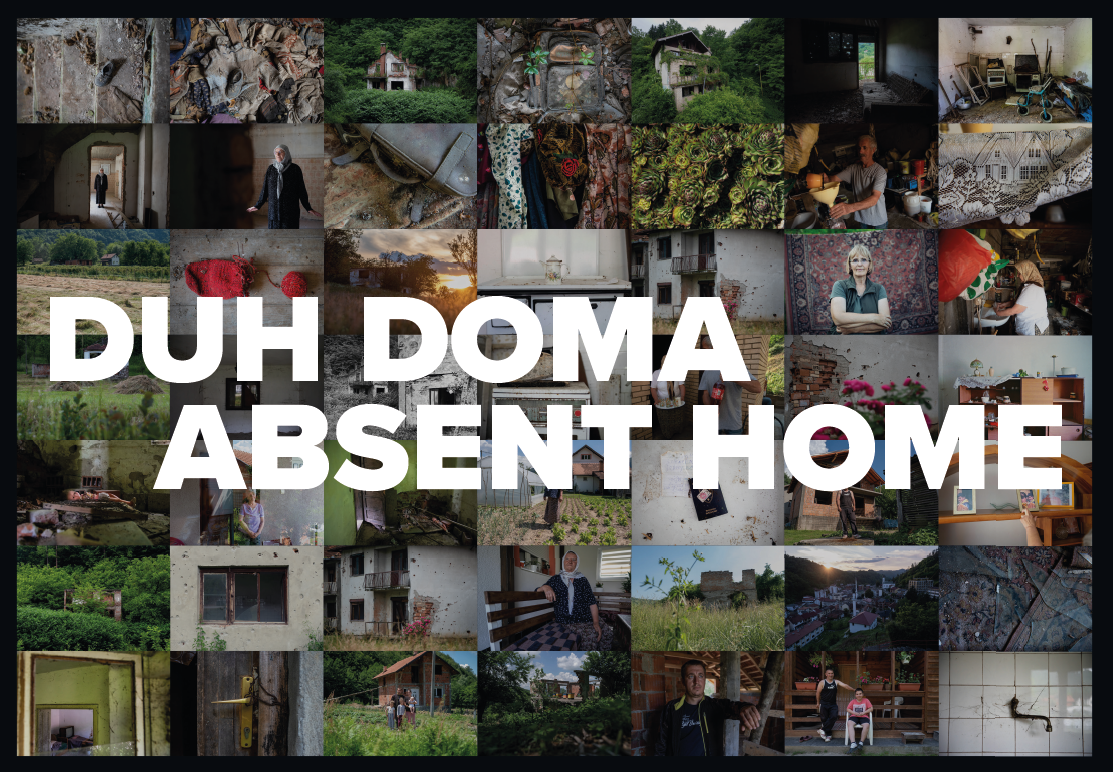Absent Home

Initial Release: July 2021
Partners: Srebrenica Memorial Center
Supported by: Rockefeller Brothers Fund, the National Endowment for Democracy (NED), Sigrid Rausing Trust, Federal Ministry of Displaced Persons and Refugees of Bosnia and Herzegovina.
In July 1995, after a destructive, over-three-year-long siege, life-filled homes in Srebrenica and the greater Podrinje region were destroyed. Laughter-filled lives were silenced, marking the beginning of one of the darkest hours in recent human history: the Srebrenica Genocide.
The stories and objects presented in this multimedia project aim to document everyday life in Srebrenica and the greater Podrinje region through a visual representation of the consequences of genocide, including issues of return and reconstruction of family homes. The project includes an artistic installation, a documentary video, and a set of research and advocacy tools created to facilitate dialogue around the need to work better and harder toward a more sustainable return of pre-war inhabitants and the reconstruction of their homes.
The Absent Home Multimedia Project was developed and produced by the Post-Conflict Research Center (PCRC) and the Srebrenica Memorial Center with support provided through PCRC’s core funding from the Rockefeller Brothers Fund, the National Endowment for Democracy (NED), and the Sigrid Rausing Trust. Additionally, partial funding was provided by the Federal Ministry of Displaced Persons and Refugees of Bosnia and Herzegovina.
Absent Home Artistic Installation contains works by Aida Redžepagić, Denis Ruvić, Armin Graca, Erin Brown, Gabrielė Žukauskaitė, Kemal Softić and Iman Azganović, and its development was supported through the work of local researchers Valentina Gagić-Lazić and Enver Šečić. The works presented in the installation were documented in the Srebrenica and Bratunac municipalities, including the residential areas and villages of Dobrak, Zeleni Jadar, Voljavica and Potočari.

